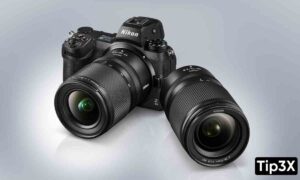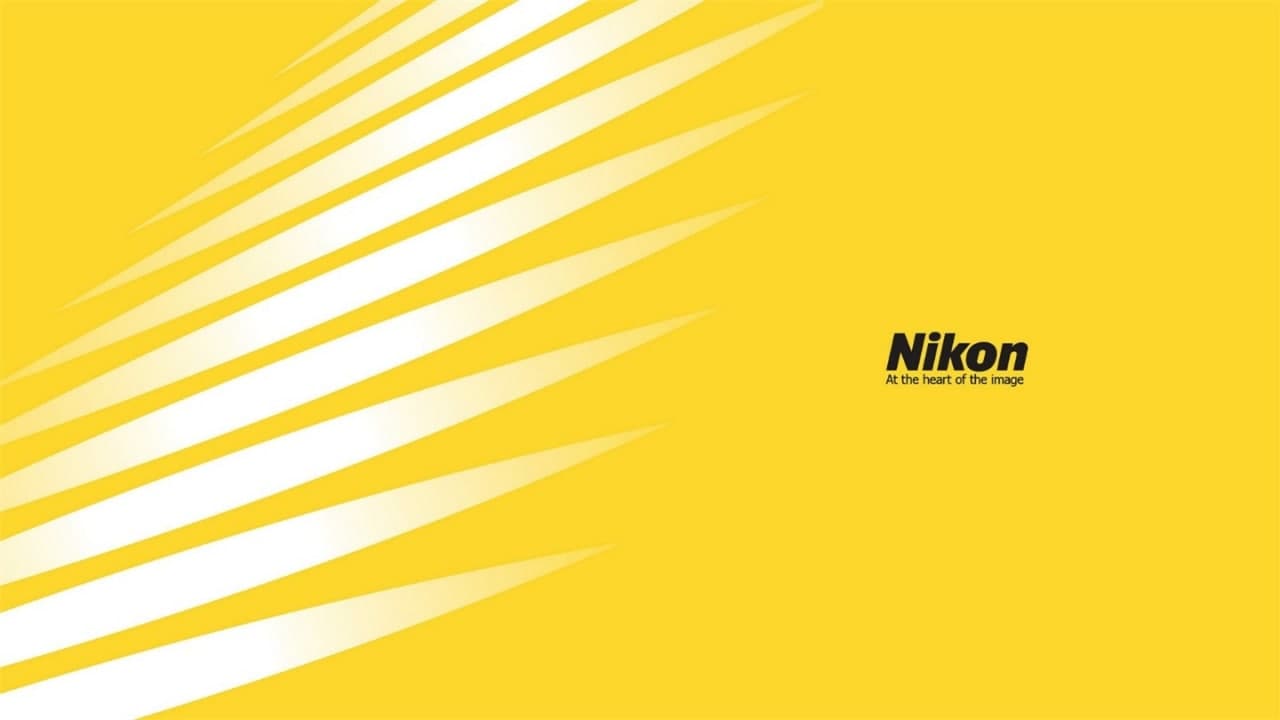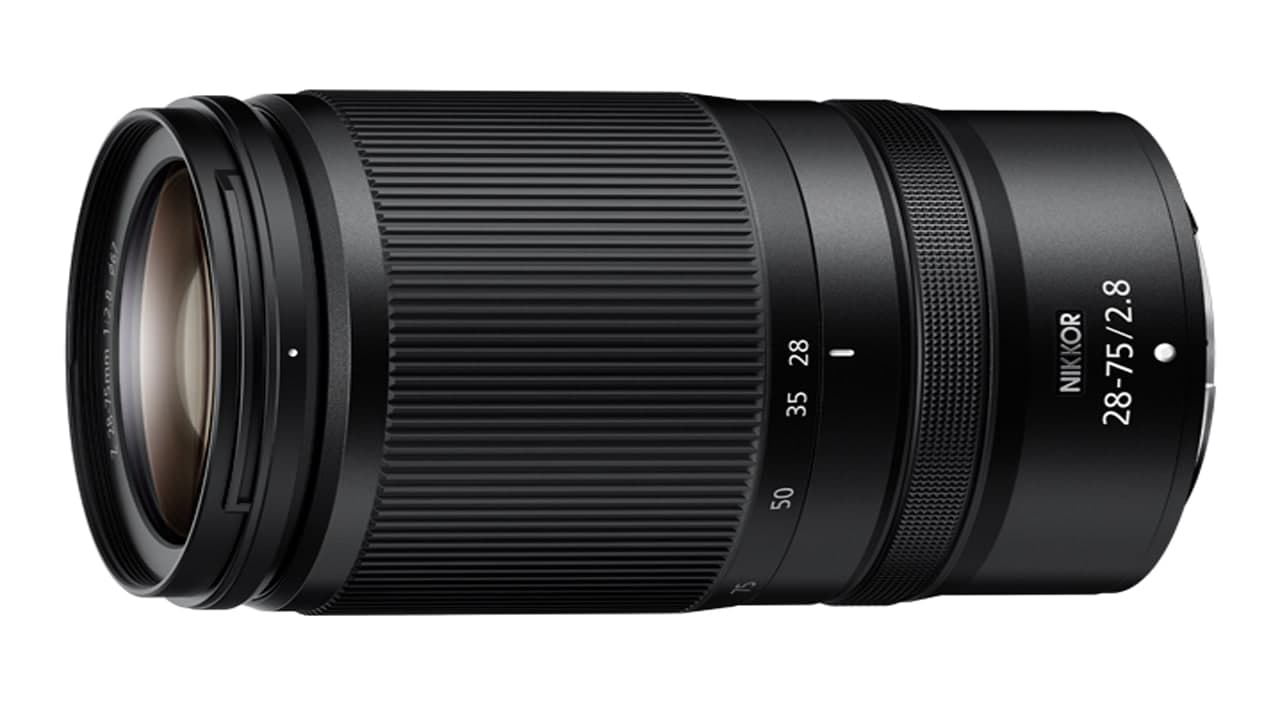According to the latest report, Nikon released the new MC-CF660G CFexpress (Type B) memory card with a large capacity of 660 GB. A maximum read speed of about 1700 MB/s and a maximum write speed of about 1500 MB/s were achieved.
Join tip3x on Telegram
Nikon says this memory card is especially suitable for video/photo shooting with the Z 9 full-frame/FX-format mirrorless camera. The MC-CF660G memory card will be available in June this year, priced at USD 831.
Moreover, Nikon also announced firmware version 2.00 for the Z9 and firmware version 1.40 for the full-frame/FX-format mirrorless cameras Nikon Z 7II and Nikon Z 6II, which will be available for download on April 20, 2022.
Furthermore, the Z 9’s firmware version 2.00 will support the RAW video that was announced in the press release on October 28, 2021, which can record more than 8K in-camera. At the same time, it provides 12-bit RAW 8.3K / 60p in-camera recording that achieves rich tone levels, and various video functions will be further evolved to meet the needs of video production.
 For photo shooting, it also introduces a “pre-shoot capture” feature. Photographs can be recorded for up to one second after the shutter-release button is pressed halfway, but before the shutter-release button is pressed all the way down.
For photo shooting, it also introduces a “pre-shoot capture” feature. Photographs can be recorded for up to one second after the shutter-release button is pressed halfway, but before the shutter-release button is pressed all the way down.
In addition, the newly adopted custom wide-area AF that supports multiple AF area arrangement modes can more reliably capture the main subject according to each scene. In addition, some functions and features of DSLRs, including the priority viewfinder function, are also available, so Z 9 users switching from DSLRs can get a consistent sense of operation.
Firmware version 1.40 for the Nikon Z 7II and Z 6II, in auto-area AF mode, prevents the focus point from inadvertently moving to the background, making it easier for photographers to focus on closer subjects when AF begins.
This firmware update also provides support for the ML-L7 remote control, allowing you to take pictures remotely, as well as for taking selfies at distances where the shutter release button cannot be reached, and shooting night scenes where pressing the button may cause the camera to shake.














